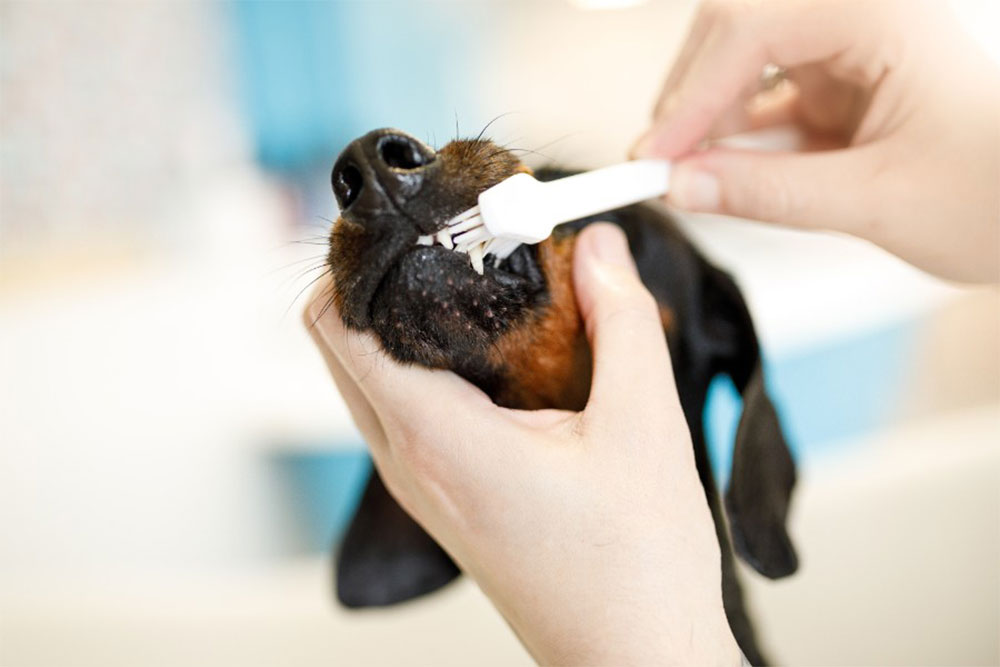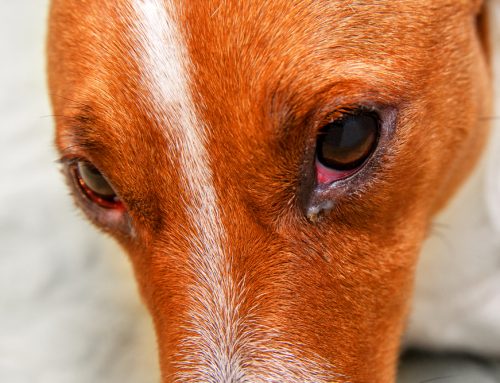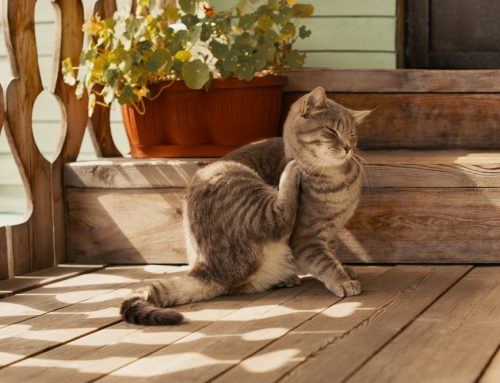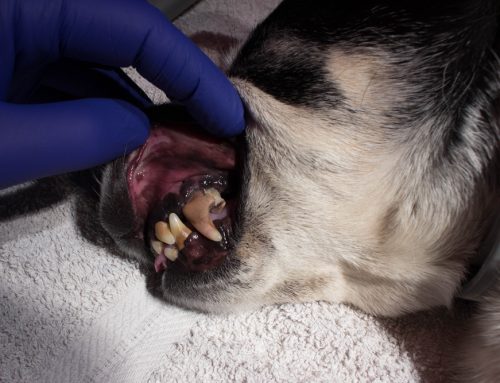You would never dream of letting days, weeks, months, or years go by without brushing your teeth, but for the majority of pets, this is an unfortunate reality. Although the idea of wielding a toothbrush anywhere near your pet’s teeth may be hard to imagine, neglecting your pet’s dental care can be costly to both you and your furry loved one.
Dental disease is a serious issue that can lead to a host of complications, but a commitment to pet tooth brushing can go a long way to keeping your pet healthy. With a little patience, lots of practice, and some help from the team at Town and Country Animal Hospital, you’ll be brushing like a pro in no time!
Why it Matters
Studies show that roughly 73% of cat owners and 43% of dog owners have never brushed their pet’s teeth. This may not seem like a serious issue, but poor oral hygiene will eventually lead to periodontal disease. In addition to significant pain and potential tooth loss, untreated periodontal disease can damage your pet’s heart, lungs, and other major organs.
What You’ll Need
The first step in your new pet dental care routine is gathering the right supplies and keeping them in a convenient location. You’ll need the following:
- Purchase a pet-specific toothbrush that’s appropriate for the size of your pet’s mouth (some pet owners prefer to use a soft, finger toothbrush designed specifically for use on pets).
- Use a pet-specific toothpaste. Although this isn’t a requirement, the flavors are designed with pets in mind (beef, poultry, seafood, peanut butter, etc.). This can help your pet accept tooth brushing more easily. NEVER use a human toothpaste, as some of the ingredients can be toxic to animals.
- Have a yummy treat on-hand as a reward.
Pet Tooth Brushing Tips
Routine dental cleanings and professional exams are important, but pet tooth brushing at home is the cornerstone of good dental health. Here’s how to get started:
- Show your pet the toothbrush/toothpaste, and allow them to investigate.
- Desensitize your pet to having their mouth touched by lifting their lips and gently rubbing their teeth and gums with your finger. Gradually introduce your finger covered in toothpaste; eventually move on to a toothbrush or fingerbrush.
- Your goal is to make brushing as pleasant as possible for your pet, so begin slowly and stop as soon as your pet becomes agitated. Over time, your pet’s agitation will subside as they learn to accept this new activity as part of their daily routine.
- Brush the teeth using a gentle, circular motion. Be sure to stay along the gum line.
- Complete each brushing session with praise and a healthy treat, such as OraVet dental treats, available at your veterinarian.
- Aim to brush your pet’s teeth once a day (preferably after their last meal) as a way to remove any plaque buildup.







Leave A Comment